20.12.2021
Misurkin, Maezawa, Hirano have been in space since December
The reentry module of Russia’s Soyuz MS-20 spacecraft, carrying cosmonaut Alexander Misurkin, Japanese billionaire Yusaku Maezawa and his business assistant Yozo Hirano, has landed in the Kazakh steppe, the Mission Control Center reported on Monday.
Roscosmos CEO Dmitry Rogozin wrote in his Telegram that the AN-26 crew confirmed the landing. "The crew of the AN-26 confirmed the landing of the reentry module with a crew. Welcome back to Earth, dear Alexander," he wrote.
Rescuers helped the crew members out. Misurkin, Maezawa, Hirano have been in space since December 8.
Russia’s spacecraft, launched by the Soyuz-2.1a rocket from the Baikonur Cosmodrome, approached the ISS via the four-orbit trajectory. The docking proceeded in automatic mode.
On December 8, a TASS news office started its work aboard the ISS. A memorandum on cooperation was signed by TASS and Roscosmos on November 17. Cosmonaut, Hero of Russia Alexander Misurkin became the first TASS reporter in space. He reported on the life and work of the station. His reports, photos and videos are available on the TASS website.
Quelle: TASS
+++
Soyuz MS-20 lands following 12-day ISS mission
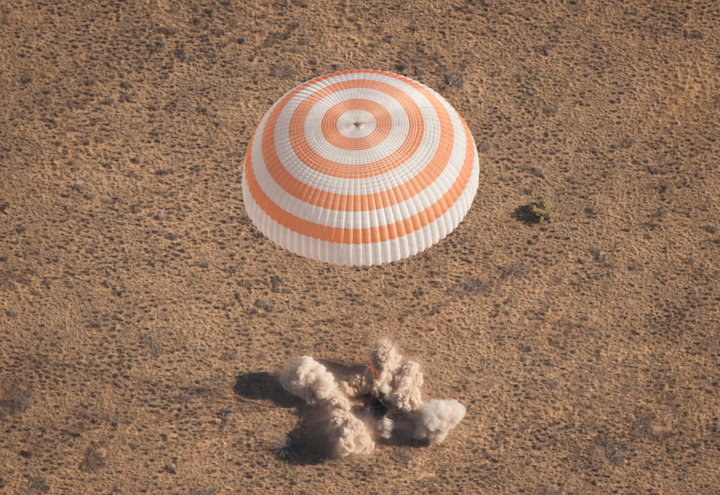
Roscosmos cosmonaut Alexander Misurkin and Japanese spaceflight participants Yusaku Maezawa and Yozo Hirano have concluded their short, 12-day mission to the International Space Station (ISS). Soyuz MS-20 – carried the trio home – undocked from the Station’s Poisk module on December 19 at 23:50 UTC, ahead of landing in Kazakhstan on December 20 at 03:13 UTC.
Soyuz MS-20
The crew of Soyuz MS-20 launched on a Soyuz 2.1a rocket from Site 31/6 at the Baikonur Cosmodrome on December 8. After six hours of navigating to the ISS, the spacecraft docked to the Poisk module on the Russian Segment.
Maezawa booked this flight through the Virginia-based space tourism company Space Adventures. The company has facilitated tourist flights for individuals including Dennis Tito, Richard Garriot, and Guy Laliberté.
Hirano is serving as Maezawa’s assistant for the mission, who paid for his seat on Soyuz. Both men are the first Japanese space tourists.
MS-20 is the third mission for Misurkin, who has flown on Soyuz TMA-08M and Soyuz MS-06. This is the second mission he has commanded.
During his time on the Station, videos of Maezawa were filmed inside the Russian segment and posted on the internet. He also worked on experiments for the Japan Aerospace Exploration Agency (JAXA).
Both Maezawa and Hirano used the Russian Luch multifunctional relay system to communicate with the ground, instead of the American TDRS relay system.
The crew of Soyuz MS-20 is not officially part of ISS Expedition 66, which currently consists of astronauts and cosmonauts brought up by SpaceX Crew-3, Soyuz MS-18, and Soyuz MS-19.
Undocking
Prior to spacecraft departure, Misurkin, Maezawa, and Hirano entered the Soyuz MS-20 spacecraft and wave goodbye to the Expedition 66 crew. Hatch closure between the spacecraft and the Poisk module occurred between 19:20 and 19:30 UTC. The Soyuz crew then donned their Sokol launch and entry suits, which will remain on until after landing.
The Poisk module – also known as the Mini-Research Module-2 (MRM-2) – has been docked to the ISS since arriving in 2009 on Progress M-MIM2. The module is nearly identical to the Pirs module, which was removed and burned up earlier this year to make room for the Nauka Multipurpose Laboratory Module. Poisk is also used as the airlock for the Russian segment of the ISS.
To begin the undocking sequence, Misurkin issued a command to the spacecraft to undock at 23:49 UTC, which drives the hooks on the docking ring to open. Around a minute later, springs push the spacecraft away from the ISS at a rate of 0.12 m/s.

The Soyuz MS-20 patch. Credit: Roscosmos
The attitude control on the Soyuz spacecraft cannot be used until ten seconds after undocking due to close proximity with the ISS. The Kurs-NA docking system will be used during the undocking.
Unlike most standard Soyuz spacecraft, the spacecraft can be flown by one pilot, which in this case is commander Misurkin. This is similar to the Soyuz MS-19 spacecraft, which was used to transport an actress and director for a Russian film on the ISS called “The Challenge” earlier this year.
Around three minutes after undocking from the Poisk module, the first maneuver called Separation Burn-1 occurs. This burn lasts for a total of eight seconds and causes a velocity change on the Soyuz spacecraft of around 0.53 m/s.
Separation Burn-2 follows next and lasts for 15 seconds and will cause another velocity change of around 1.53 m/s. Following this, the spacecraft departs the Keep Out Sphere around the ISS. Soyuz MS-20 then begins a period of free flight.
Deorbit and landing
At 02:18 UTC on December 20, the Soyuz spacecraft fired its main engine in the retrograde orientation for the deorbit burn, which lasted around four minutes. This lowered the vehicle’s perigee, putting it on a sub-orbital trajectory and committing the crew to reentry and landing.
Explosive bolts fired at 02:47 UTC, separating both the Orbital Module and the Service/Propulsion Module from the Descent Module, where the crew was located. At this point, the Soyuz was flying over Egypt as it traveled northeast.
For this mission, the Soyuz module had both the flag of Japan as well as Maezawa’s “MZ” logo – in addition to the regular Russian decals.
The Descent Module then entered the plasma regime portion of atmospheric reentry at 02:50 UTC as it flew over the Caspian Sea. During this time, there was a communications blackout between the ground and the spacecraft.
Both the Orbital Module and the Service Module burned up during reentry.
At 10 km altitude, the parachute cover was released from the Descent Module. After two pilot parachutes and a drogue parachute are used, the signal to release the main parachute occurred at 02:58 UTC.
When the Descent Module reached 5 km altitude, the heat shield jettisoned and the spacecraft vented any leftover propellants. The seats on the spacecraft then rose up as the Soyuz nears the ground to cushion the impact of the landing for the crew.
A second before landing, two sets of three engines on the bottom of the Descent Module fired, slowing down the rate of descent. Blue Origin’s New Shepard capsule does a similar practice prior to landing.
Soyuz MS-20 touched down on the Kazakh steppe at 03:13 UTC. The targeted landing site is located 148 km southeast of the city of Zhezkazgan, located in central Kazakhstan.
Russian military and Roscosmos ground assets were relocated to support the landing of Soyuz MS-20. These include search and rescue teams from the Central Military District in the Chelyabinsk region of Russia.
This flight was the first of two planned spaceflights for Maezawa, who also has a lunar flyby flight booked on SpaceX’s Starship. The mission – known as dearMoon – will carry around a dozen artists around the Moon with Maezawa. The mission is scheduled to occur no earlier than 2023, following numerous development and test flights of Starship.
The next Soyuz mission will be Soyuz MS-21, which is scheduled to launch from Baikonur in March of 2022. The mission will have an all-Russian crew, with cosmonauts Oleg Artemyev, Denis Matveev, and Sergey Korsakov representing Roscosmos.
Soyuz MS-19 is scheduled to return to earth no earlier than March 28, 2022, with Roscosmos cosmonauts Anton Shkaplerov, Pyotr Dubrov, and NASA astronaut Mark Vande Hei.
Quelle: NS
+++
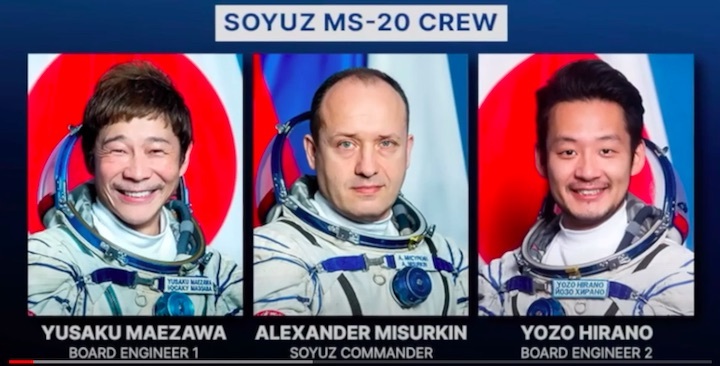
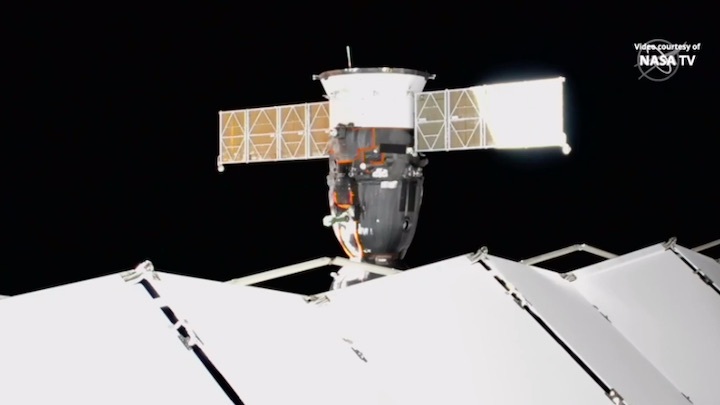
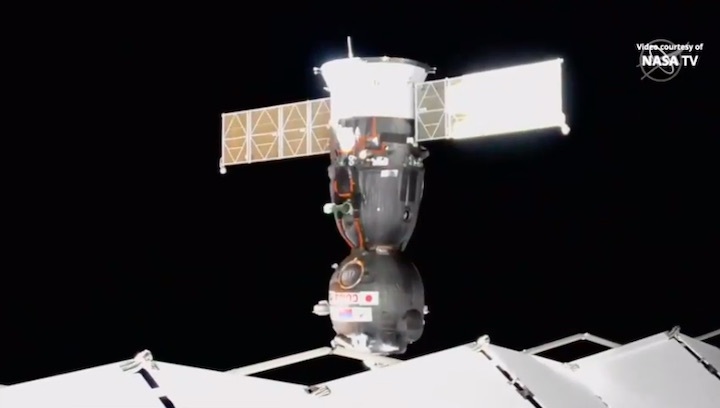
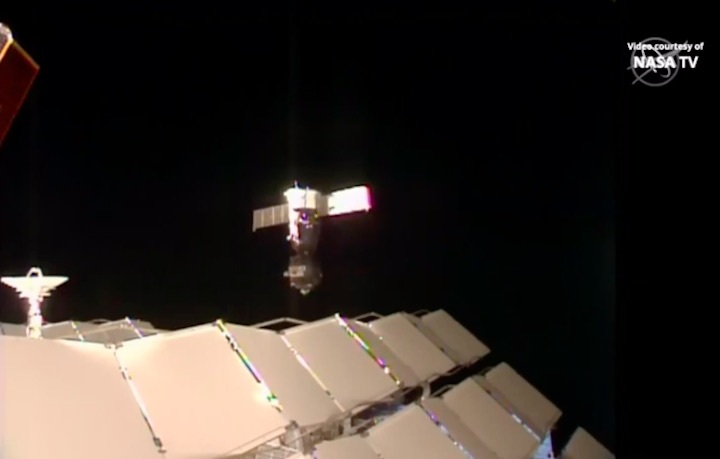
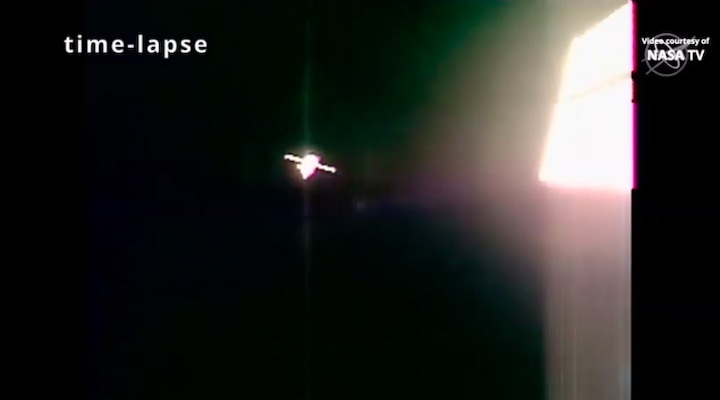
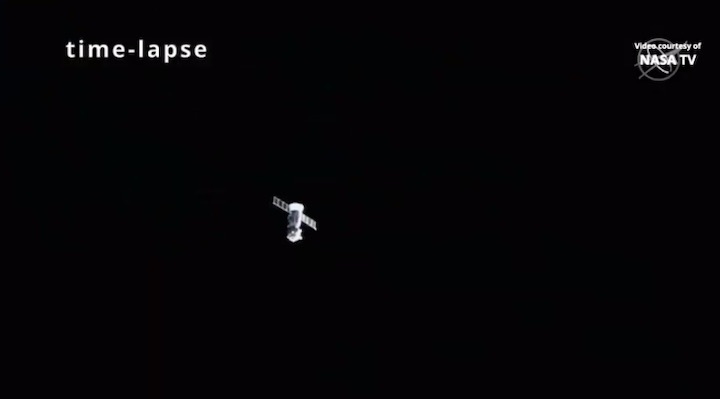
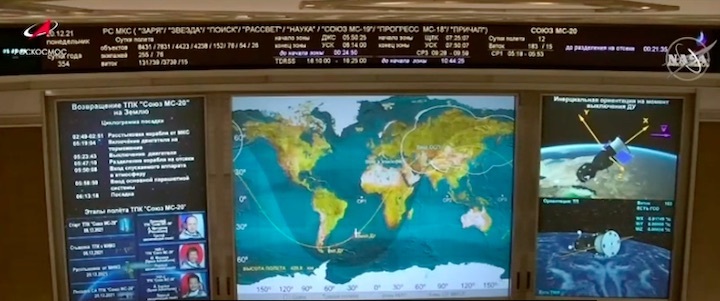
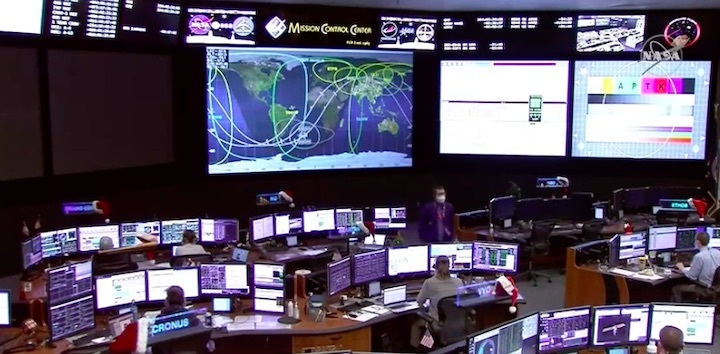
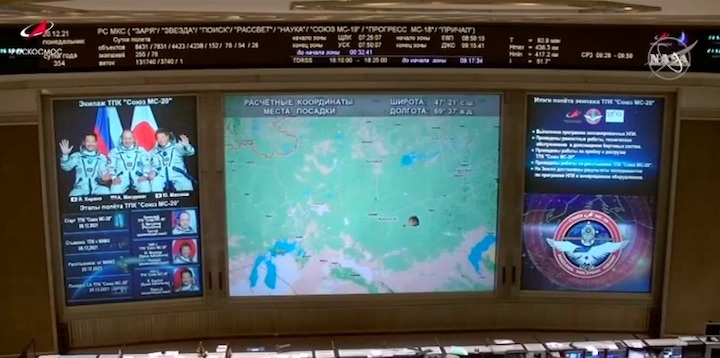
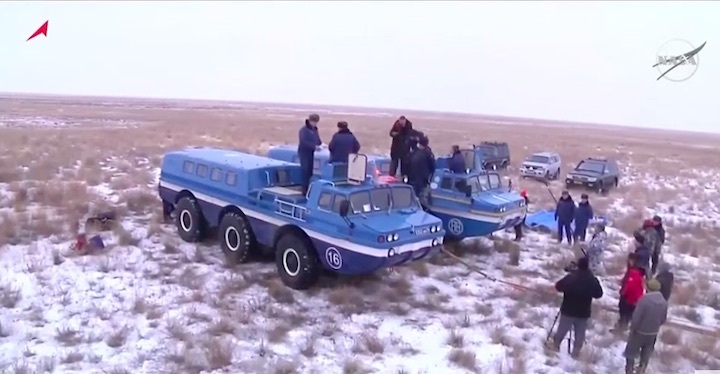
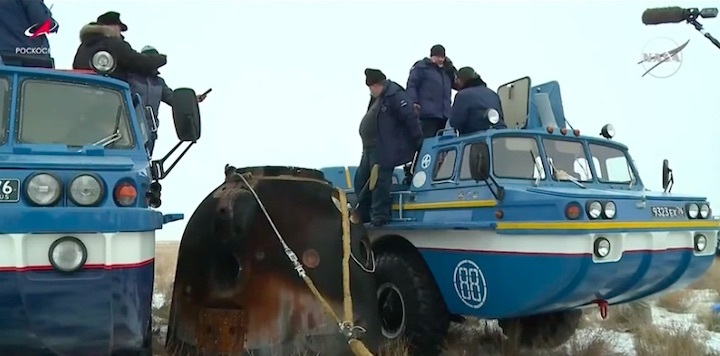
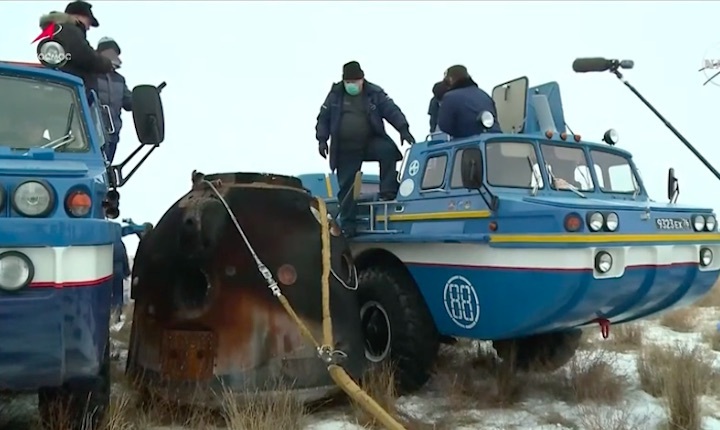
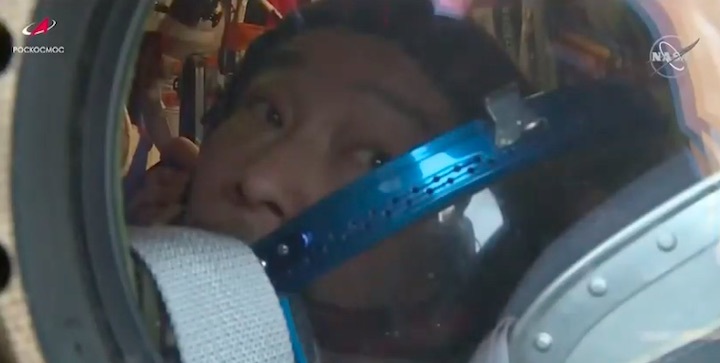
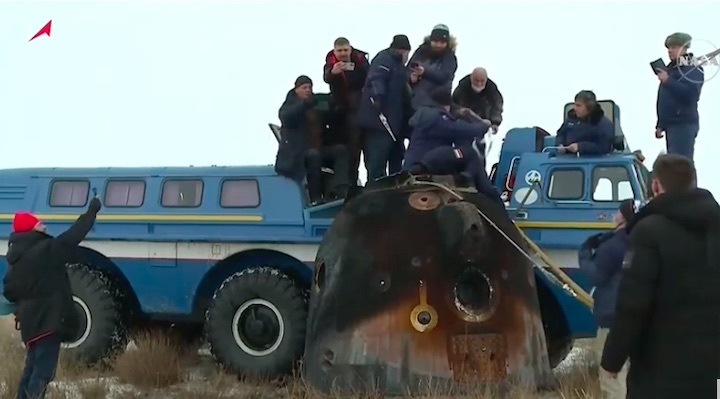
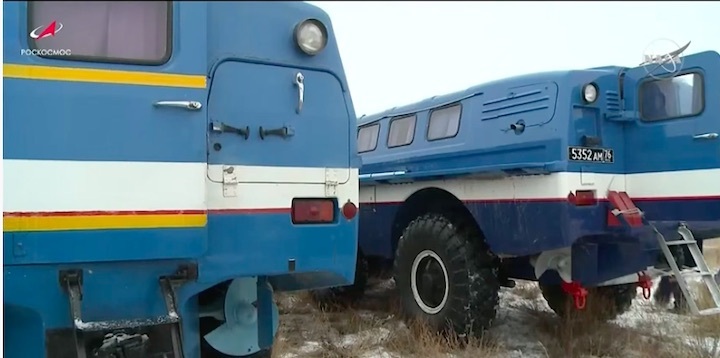

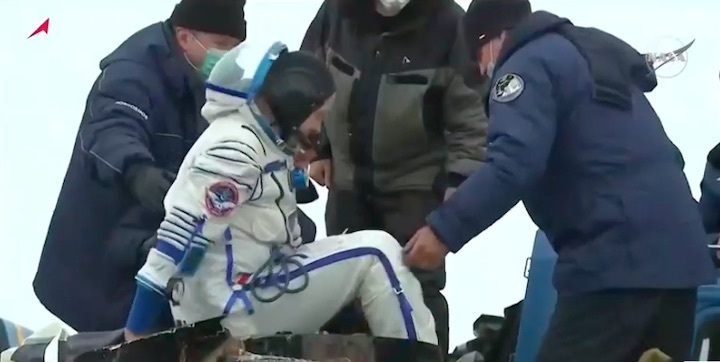
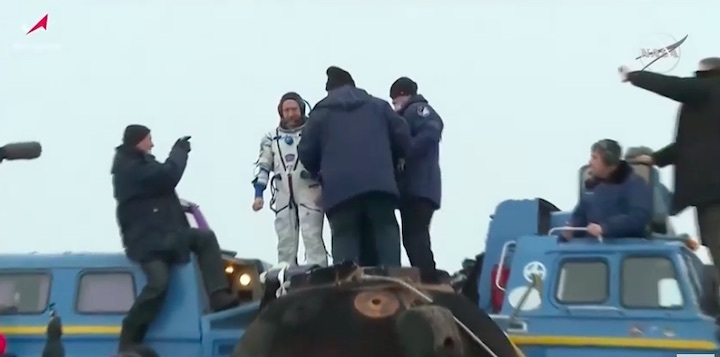
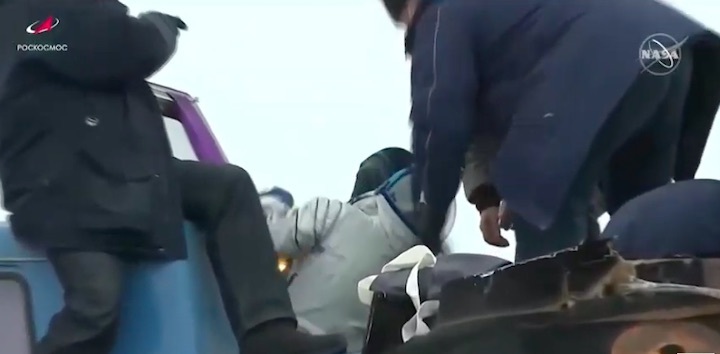
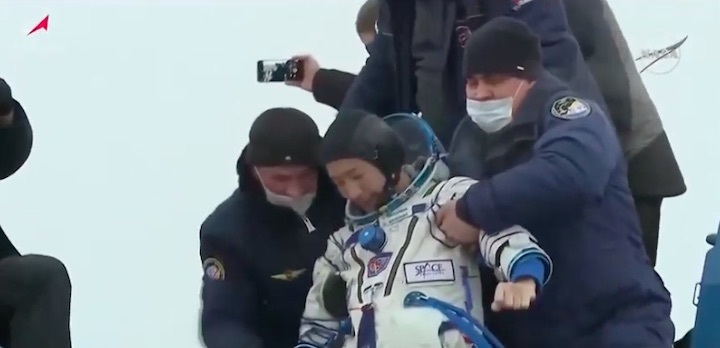
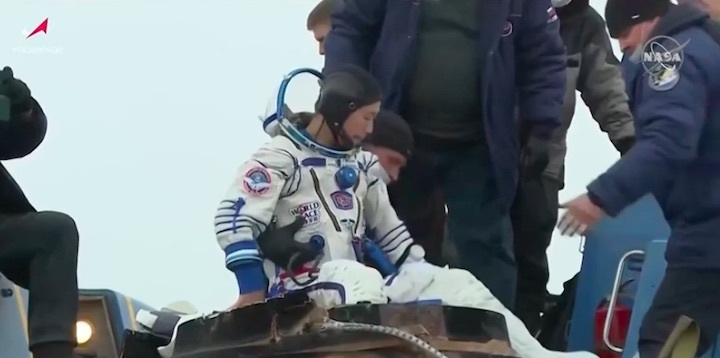
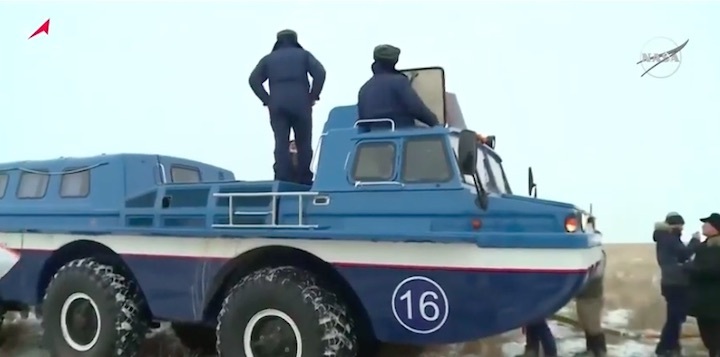
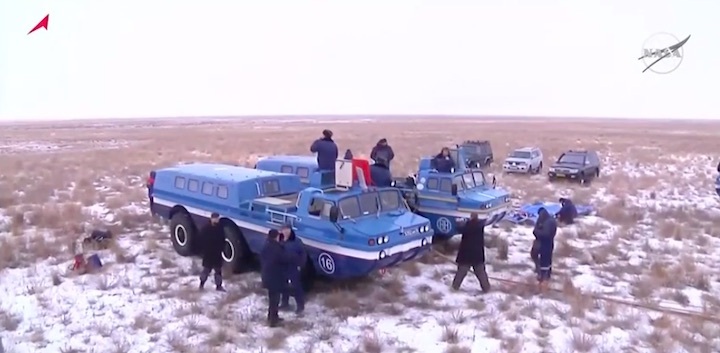
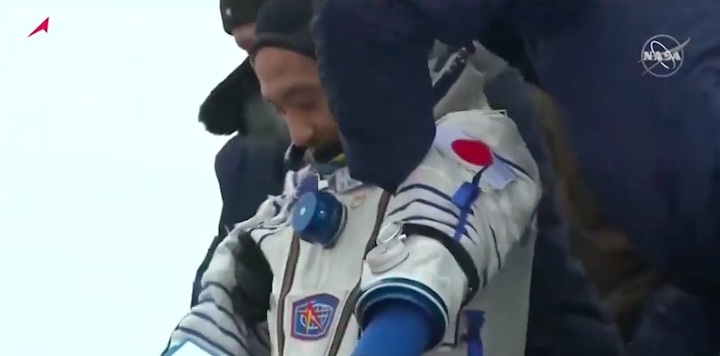
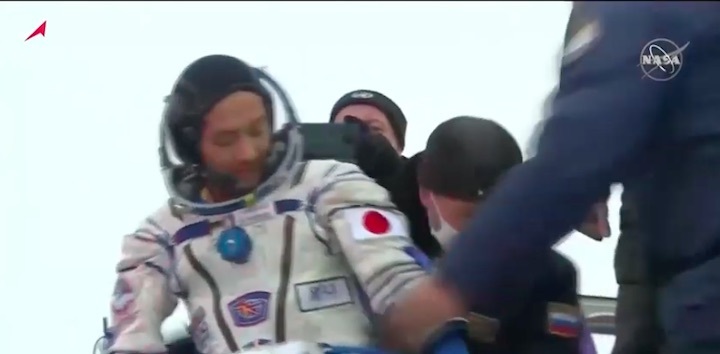
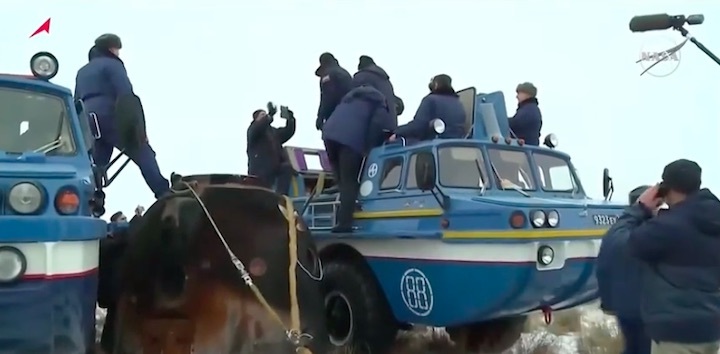
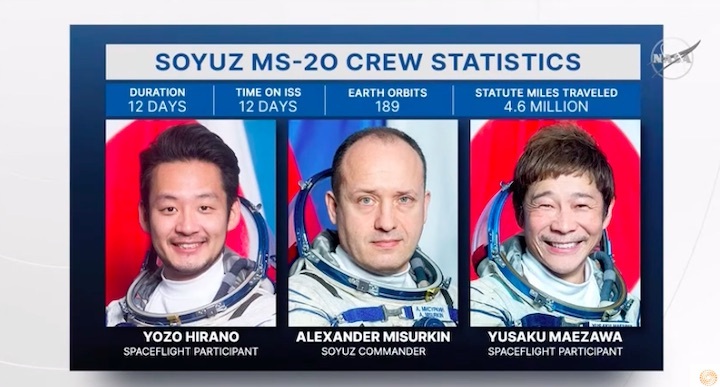
Quelle: NASA

